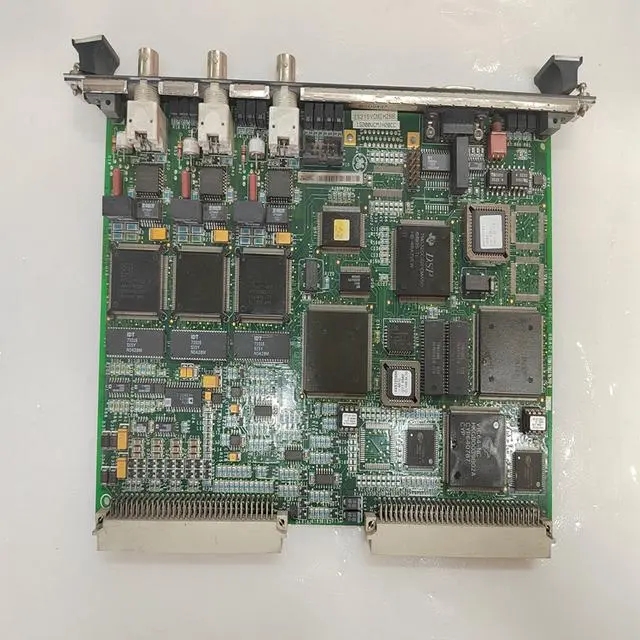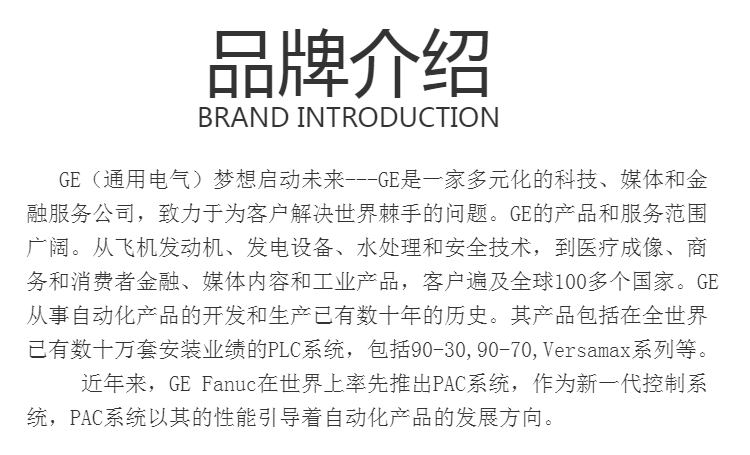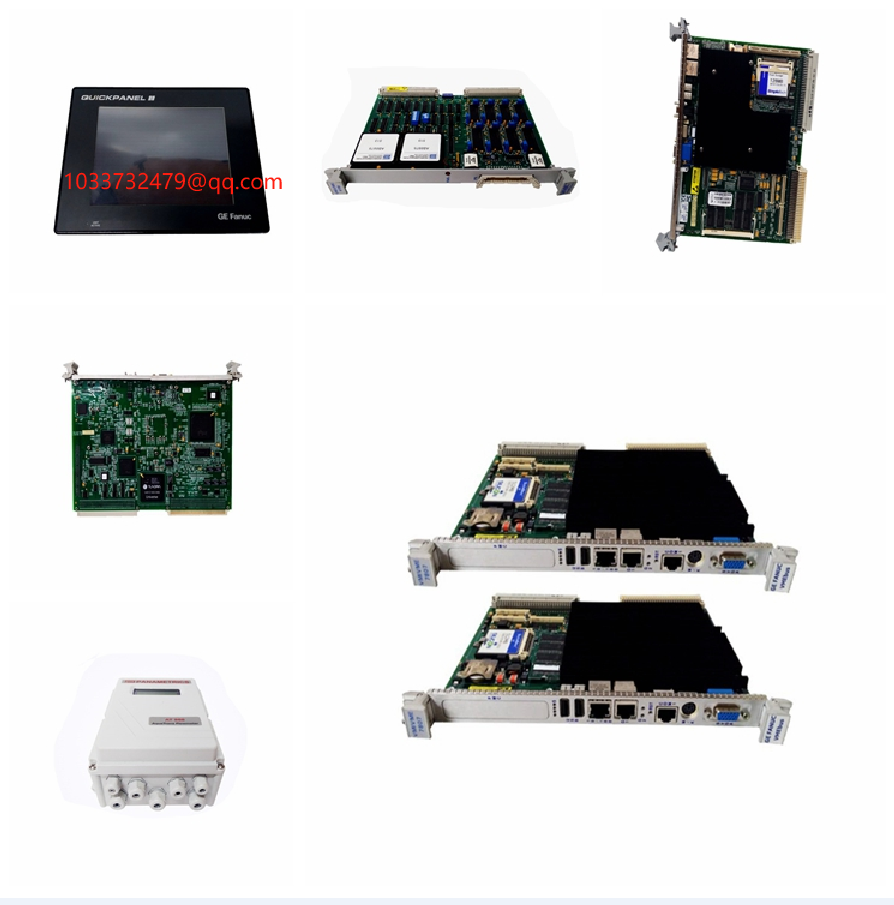
DS200DCPAG1A
DS200DCPAG1A
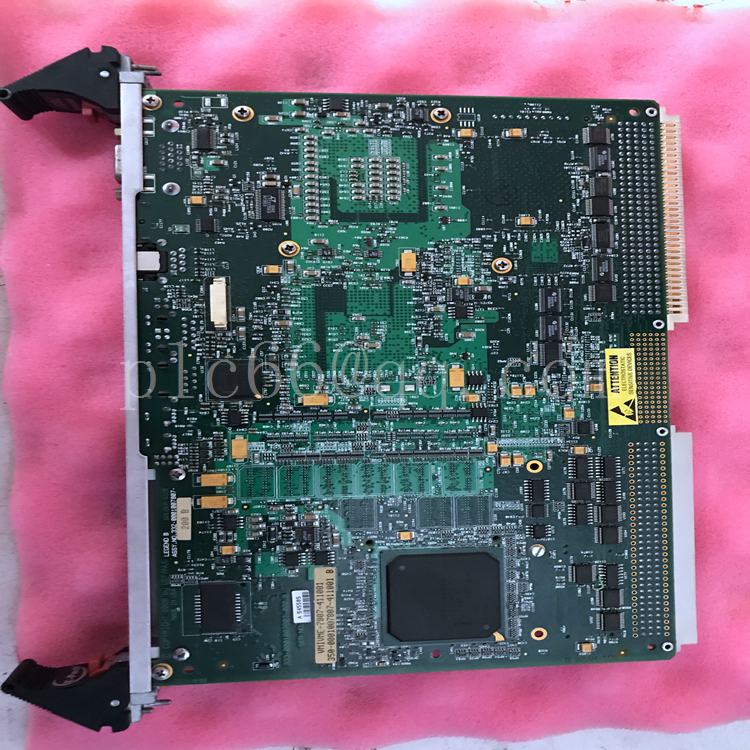
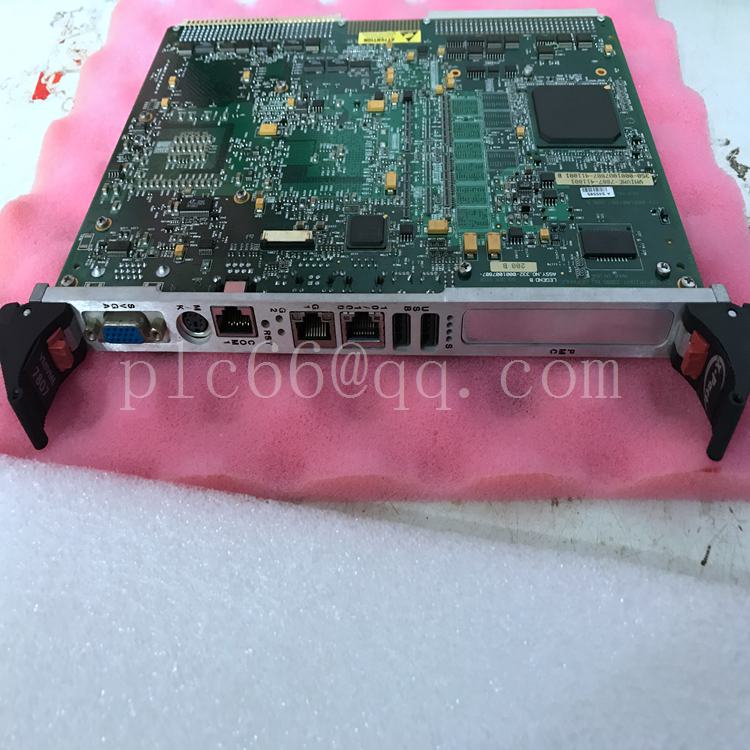
The excitation system can be divided into the following five categories according to the motor performance and excitation circuit component parameters:
1. DC excitation system: This type of excitation system uses a DC motor or a handwheel excitation generator to excite, and is mainly used in high-voltage large-capacity motors. It has the characteristics of good stability, small size, easy control, low power consumption and high reliability.
2. Variable ratio excitation system: The variable ratio excitation system uses the excitation DC current extracted from the motor stator for excitation. The excitation current can be adjusted according to the motor's transformation ratio needs, which can avoid the motor overload due to too high transformation ratio and can improve the motor's efficiency. ratio characteristics and stability.
3. Speed-adjustable excitation system: The speed-adjustable excitation system changes the speed of the motor through changes in the excitation current. It uses a constant excitation current to adjust the speed of the motor. It can adjust the speed of the motor to the required speed as much as possible. Greatly improve the speed regulation effect of the motor.
4. Synchronous excitation system: The synchronous excitation system is a technology specifically used in synchronous motors of power devices to regulate encoder input pulses and control output excitation voltage and current.The excitation current can be used to accurately control the speed of the synchronous motor, thereby improving the speed regulation accuracy of the motor.
